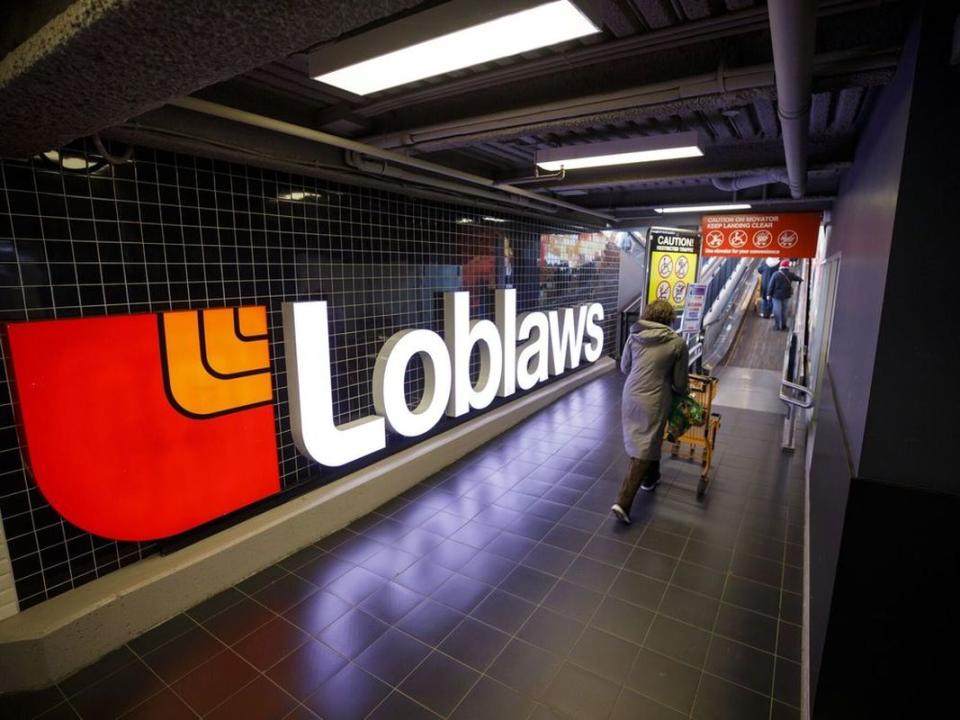Loblaw boycott hits the halfway mark: Here are 5 things to know

As a month-long boycott of Loblaw Cos. Ltd. enters its third week, the Canadian grocery giant’s investors appear largely unfazed. Though the movement continues to see a rise in supporters, evidence of its impact remains largely anecdotal. And Loblaw stock has not suffered, reaching an all-time high of $156.76 one week after the boycott began and remaining in positive territory for the month. The Financial Post’s Denise Paglinawan breaks down where things stand.
Who is behind the boycott, and how many supporters does it have?
The nationwide boycott stemmed from a Reddit group called “r/loblawsisoutofcontrol” (LobIaws is out of control). The group boasts about 77,000 members, up from 56,000 on May 1, the start of the boycott. Emily Johnson created the subreddit page back in November and was subsequently joined by eight other organizers from across Canada in urging consumers to avoid all Loblaw subsidiaries (Loblaws, No Frills, Real Canadian Superstore, and Shoppers Drug Mart/Pharmaprix) for the month of May. According to the organizers, the Reddit page has had 4.5 million views to date, while the group’s Instagram account of the same name has grown to more than 10,600 followers.
In an interview with the Financial Post, Phoenix (Vince) Geisler, an organizer who works with Johnson, said the boycott picked up momentum entering week two. He said that data, based on Google Maps, suggested strong participation in Eastern regions such as Ontario, Nova Scotia and Newfoundland, as well as in Alberta. The group’s figures have not been verified by the Financial Post, and Loblaw did not respond to questions about the impact of the boycott.
What are they hoping to achieve with the boycott?
Motivated by what organizers describe as “the ridiculous cost of living in Canada,” shoppers participating in the boycott are vowing to spend their grocery money at stores not owned by Loblaw. In some communities, this is easier said than done, given the company’s substantial market share, which is estimated at 27 per cent nationally, and the fact that Loblaw stores are often the only game in town, or at least the neighbourhood. In a Canadian Press interview, Johnson said that while the primary aim of the boycott is to have a financial impact on the company, she also hopes to raise awareness, educate consumers, and get the attention of government.
Geisler told the Financial Post that one of the boycott’s key goals is getting the company to sign the grocer code of conduct, which Loblaw has said will be bad for business and drive up food prices for customers. The protesters’ other demands include no further retailer-led price increases for 2024, no further increases to dividends, and increased cost transparency in identifying items that have undergone “shrinkflation,” Geisler said. Organizers also hope Loblaw will commit to affordable pricing through price caps on essential items and a commitment to “end price gouging.”
What happened at the meeting between boycott organizers and Loblaw’s CEO?
Lead organizer Emily Johnson met with the grocer’s chief executive, Per Bank, on May 2, at the request of the company. Based on a transcript of the meeting, acquired by the Financial Post, Johnson shared shoppers’ concerns and questions with Bank, who then discussed some of the things the grocer is doing to try to help customers who are struggling with the high cost of living, such as removing “multi-buy” promotions — where customers get a better price per unit if they buy more than one item. Boycott organizers said the meeting with Loblaw didn’t yield any concrete commitments, and while “the dialogue is positive,” according to Geisler, they said the boycott would continue.
How has Loblaw responded?
During the company’s annual general meeting on May 2, executive chairman and former CEO Galen Weston Jr. pushed back on what he and Per Bank called “misguided criticism” of the company. “As a well-known company and Canada’s largest grocer, it is natural that Loblaw would be singled out as a focal point for media and government, and of course consumer frustrations,” Weston said.
What is the bottom line for Loblaw?
The same day the boycott was launched, the company released its first quarter earnings results and hiked its dividend by 15 per cent after reporting an almost 10 per cent rise in profits. Loblaw said the increase in profits and revenue was due to a jump in customer traffic, as prices at its stores rose less than the general level of food inflation tracked by the consumer price index. The company’s revenue hit $13.58 billion in the quarter ended March 23, an increase of $586 million compared to the first quarter of 2023. Net earnings were up 9.8 per cent to $459 million, while earnings per diluted common share rose 14 per cent to $1.47.
Loblaw did not respond to requests for comment.
— With files from Canadian Press
• Email: dpaglinawan@postmedia.com

 Yahoo Finance
Yahoo Finance 